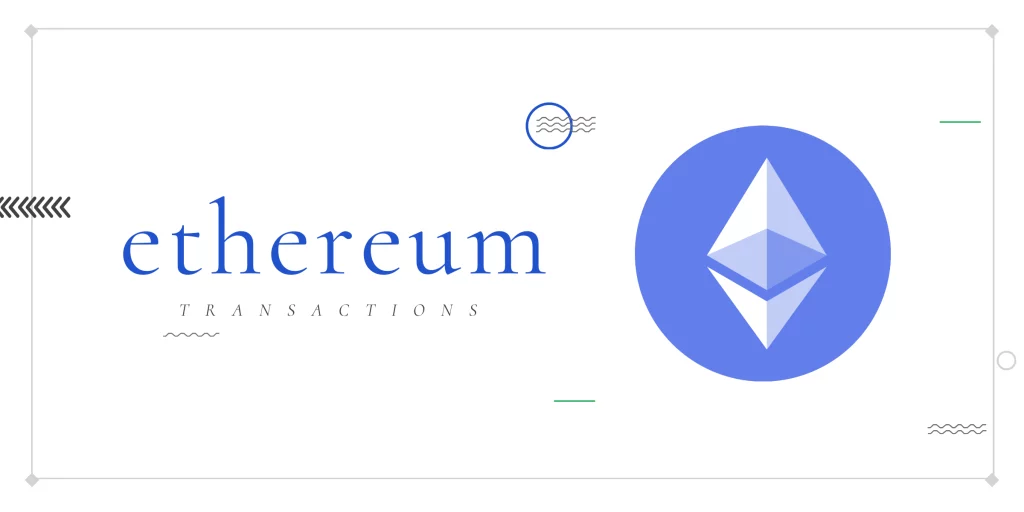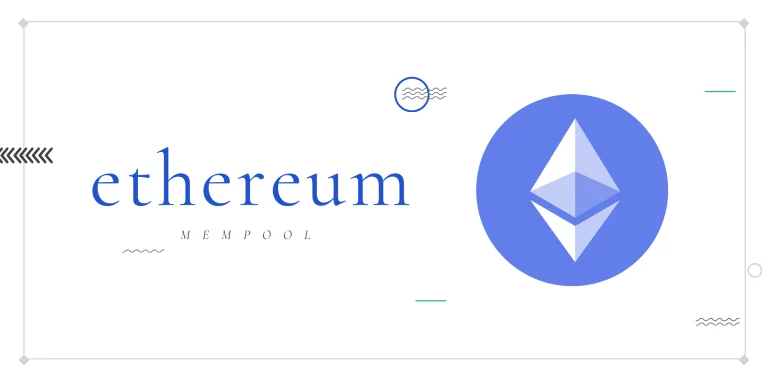
Introduction
Exploring the dynamic world of Ethereum necessitates understanding its core component – transactions. As one of the most influential and widely used blockchain networks, Ethereum has revolutionized the way we think about digital transactions. In this blog post, we’ll take an in-depth look at how Ethereum transactions work, demystifying this process for newcomers and experienced users alike.
Understanding Transactions on the Ethereum Blockchain
Ethereum transactions go beyond merely transferring Ether (ETH), the network’s native cryptocurrency. Unlike traditional blockchains, Ethereum allows users to create and interact with smart contracts – self-executing contracts with the terms directly written into code – leading to a broad spectrum of transaction types.
Whether transferring ETH, deploying a smart contract, or interacting with an existing one, every transaction requires computational resources. Ethereum measures these resources in ‘gas,’ which is paid in ETH. The more complex a transaction (i.e., the more computational work it requires), the more gas it costs.
The Journey of Transactions on the Ethereum Blockchain
When a user initiates a transaction, it doesn’t immediately appear on the blockchain. It first enters the Ethereum mempool, a temporary holding area for all pending transactions. Once in the mempool, miners select transactions to include in the new blocks they’re mining.
Miners are incentivized by transaction fees, or ‘gas fees,’ to prioritize transactions offering higher rewards. Thus, when the network is busy, users often increase the gas price of their transactions to get them processed faster.
Once a miner includes a transaction in a newly mined block and the rest of the network validates the block, the transaction is considered confirmed. At this point, it becomes a permanent part of the Ethereum blockchain.
Unlocking Ethereum’s Transactions Potential with Sniper Bot
In the fast-paced, competitive Ethereum landscape, optimizing your transaction strategy is crucial. That’s where Sniper Bot comes into play. Sniper Bot (https://sniperbot.aviddot.com) is a cutting-edge platform designed to provide real-time insights and automate actions based on your preferences.
Whether you’re trying to get your transactions confirmed faster or aiming to keep your gas fees to a minimum, Sniper Bot has got you covered. Its powerful algorithm and user-friendly interface can help you stay ahead in the Ethereum ecosystem. Check it out today to enhance your Ethereum experience!
Conclusion
Ethereum transactions form the lifeblood of the Ethereum network, enabling everything from simple ETH transfers to complex interactions with decentralized applications (DApps). Understanding how these transactions work can help you navigate the Ethereum landscape more effectively. With the right tools like Sniper Bot at your disposal, you can make the most of what Ethereum has to offer.


